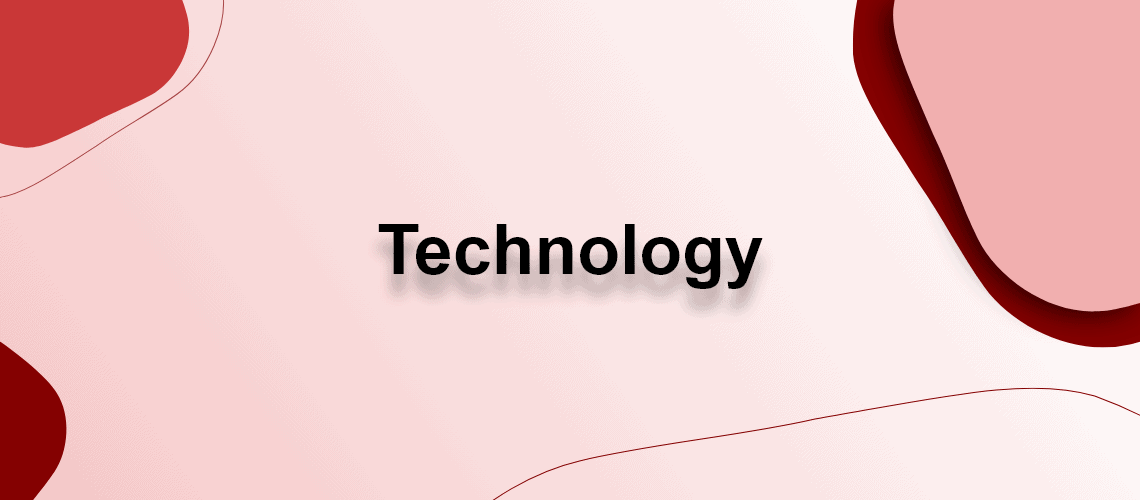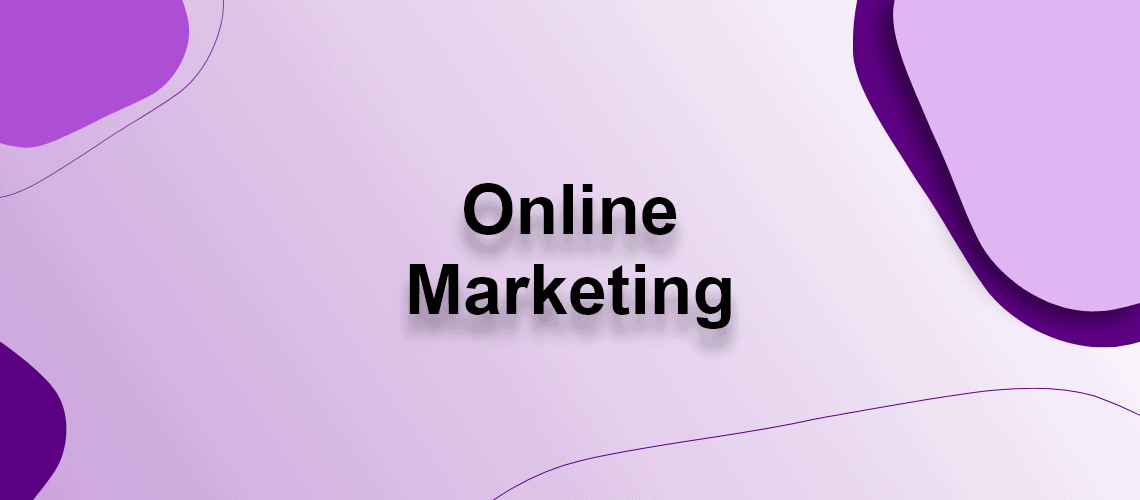Developments in the field of artificial intelligence are progressing rapidly and the provider OpenAI in particular is at the centre of many discussions on the topic. What many people don’t realise is that OpenAI also offers an API in addition to the classic AI chatbot ChatGPT. Although both AI tools offer powerful language models, they differ primarily in the scope of their services and their target groups. While ChatGPT is designed as an easy-to-use platform that has become established in many people’s every day (working) lives, the OpenAI API is a flexible interface for integrating AI for developers. 🚀
We take a look at the key differences between the two offerings to help you decide which solution is right for you. 👨💻
Adaptability and control ⚙️
The OpenAI API offers developers significantly more flexibility and control: parameters such as temperature and the number of tokens can be customised and a selection of different models (e.g. GPT-3.5 and GPT-4) is available. ChatGPT, on the other hand, is predefined for ease of use, without the option to customise parameters. It works with a fixed model (GPT-3.5 or GPT-4), creating a simple, ready-to-use solution for end users. 📝
Integration into own applications 🔌
In terms of integration, OpenAI API offers significantly more flexibility than ChatGPT. The API can be easily integrated into your own programmes, websites, or applications and is therefore suitable for automating responses and functions. The API interface also supports a high number of simultaneous requests, making it significantly more scalable. ChatGPT, on the other hand, is limited to use within the ChatGPT interface. Direct integration into your own systems is not possible. Scalability for mass requests is also limited. 🌐
Personalisation 🎨
OpenAI offers extensive possibilities for personalising results. While OpenAI API allows for fine-tuning with your own data, enabling the development of targeted responses and specific behaviours, ChatGPT does not offer the possibility to refine responses with your own data. It provides generic answers without specific customisation.
Data control and security 🔒
The API interface also offers more control options when it comes to data protection. The OpenAI API offers comprehensive control over the data sent and received. This makes it ideal for applications with high data protection requirements. ChatGPT processes data via the public interface, which restricts or does not guarantee control over data management and security. This makes it less suitable for applications that require strict data protection standards. 🔐
Cost structure and budgeting 💰
The OpenAI API calculates costs based on actual usage, i.e. the number of tokens used for input and output. Users can flexibly control the costs via parameter settings and model selection, depending on their budget. ChatGPT, on the other hand, is usually offered via a subscription or limited free use. The costs per request are therefore less transparent, which makes expense planning less precise. 💵
Actuality and updates 🔄
The OpenAI API provides access to the latest models and features through regular API updates, enabling immediate integration of new technologies. ChatGPT receives updates and new functions at regular intervals, which are gradually integrated into the user interface. As a result, the flexibility in the immediate use of new features is somewhat more limited compared to the API. ⏳
Here is a quick overview of all the information:
| Characteristic | OpenAI API | ChatGPT |
|---|---|---|
| Adaptability and control |
|
|
| Integration into own applications |
|
|
| Personalisation |
|
|
| Data control and security |
|
|
| Cost structure and budgeting |
|
|
| Actuality and updates |
|
|




